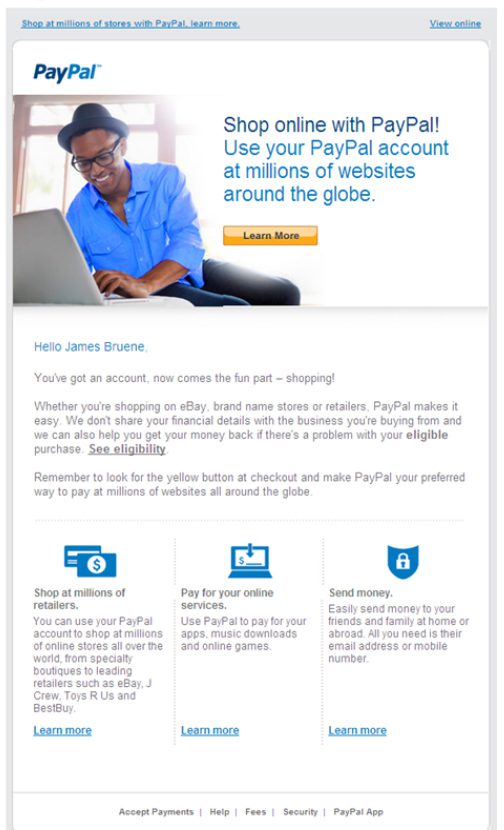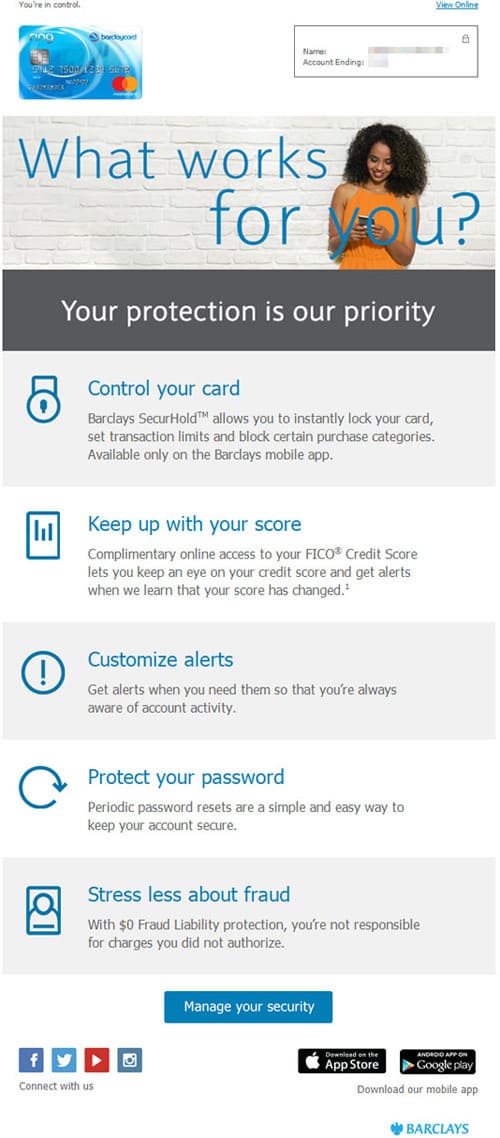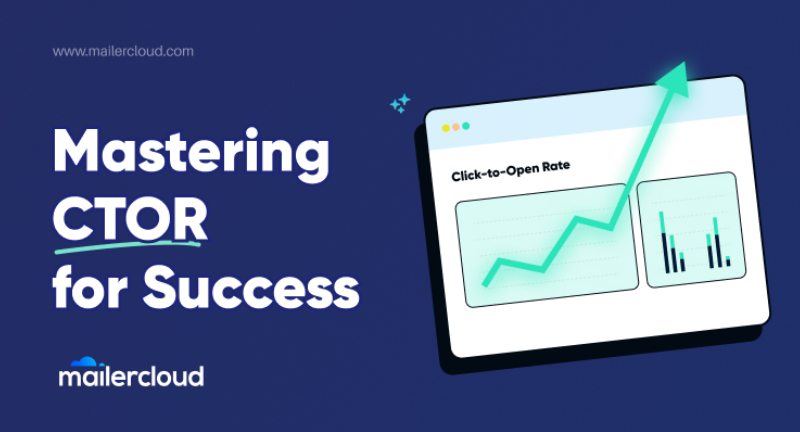Email marketing for financial services involves targeted communication to engage clients and promote financial products. It’s cost-effective and builds customer loyalty.
Financial services greatly benefit from email marketing. It allows companies to reach clients directly and offer personalized content. Effective email campaigns can improve client retention and boost engagement with financial products. Regular updates on market trends, new services, and investment opportunities keep clients informed.
Emails can be tailored to different client segments, ensuring relevant and timely information. This targeted approach enhances the client experience and fosters trust. By integrating email marketing into their strategy, financial service providers can strengthen relationships, increase conversions, and drive business growth. Email marketing remains a vital tool in today’s digital landscape for financial institutions.
Benefits Of Email Marketing
Email marketing is very cost-effective. It requires low investment. Financial services can save money. They don’t need to print materials. No need for postage. Digital communication is cheaper. It reaches many people at once. This makes it a wise choice.
Email marketing improves client communication. It helps build strong relationships. Clients get updates quickly. They feel informed and valued. Personalized emails can be sent. Clients appreciate the personal touch. This boosts their trust in the service.

Credit: www.brevo.com
Creating Effective Campaigns
Crafting tailored email marketing campaigns for financial services boosts client engagement and drives conversions. Personalized messages and strategic timing enhance communication effectiveness.
Personalized Content
Email marketing for financial services must include personalized content. Personalization makes emails more relevant to each recipient. Start by using the recipient’s name in the greeting. Include information that is specific to their interests or past behavior. Use data such as past interactions or transaction history. This makes the message feel more personal. Personalized content increases engagement and improves conversion rates.
Segmentation Techniques
Segmentation divides your email list into smaller groups. Each group shares common characteristics. Segment by age, location, or financial goals. This makes your messages more targeted. For instance, young professionals may want tips on saving for a house. Retirees might prefer advice on managing their retirement funds. Effective segmentation leads to higher open rates and better responses. Use segmentation to make your campaigns more successful.
Compliance And Privacy
Financial services must follow strict regulatory requirements. Laws like GDPR and CCPA are crucial. These laws protect customer data. Non-compliance can result in heavy fines. Always get clear consent before sending emails. Document all consent records carefully. This helps in case of audits.
Use strong encryption for all customer data. Encrypt data both in transit and at rest. Regularly update your security protocols. Train staff on data protection practices. Use secure email servers to avoid breaches. Implement two-factor authentication for added security. Regularly audit your data protection measures.

Credit: www.emailvendorselection.com
Measuring Success
Key Performance Indicators (KPIs) help measure email marketing success. Open rates show the number of people who open your email. Click-through rates reveal how many people click on links in your email. Conversion rates indicate how many people take action after clicking. Bounce rates tell you how many emails did not reach the inbox. Unsubscribe rates show how many people opt-out of your emails. Monitoring these KPIs helps improve your strategy.
Client feedback is very important. It helps understand what clients like or dislike. Surveys can gather client opinions. Direct responses to emails provide insight into client needs. Social media comments also offer valuable feedback. Analyzing trends in feedback helps refine email content. This leads to better client satisfaction and engagement.

Credit: www.enginemailer.com
Frequently Asked Questions
Why Use Email Marketing In Financial Services?
Email marketing effectively reaches clients, enhances engagement, and builds trust with personalized financial advice.
How To Create Effective Financial Email Campaigns?
Segment your audience, personalize messages, and provide valuable content to increase engagement and conversion rates.
What Are The Benefits Of Personalized Emails?
Personalized emails improve client relationships, increase open rates, and boost engagement by addressing individual financial needs.
How Often Should Financial Emails Be Sent?
Send financial emails regularly, but not too frequently. A bi-weekly or monthly schedule usually works best.
Conclusion
Email marketing is vital for financial services, driving client engagement and trust. Implement targeted strategies to maximize results. Personalize messages and ensure compliance with regulations. Track performance and continually optimize campaigns. This ensures sustained growth and customer satisfaction. Embrace email marketing to stay competitive and build lasting client relationships.


